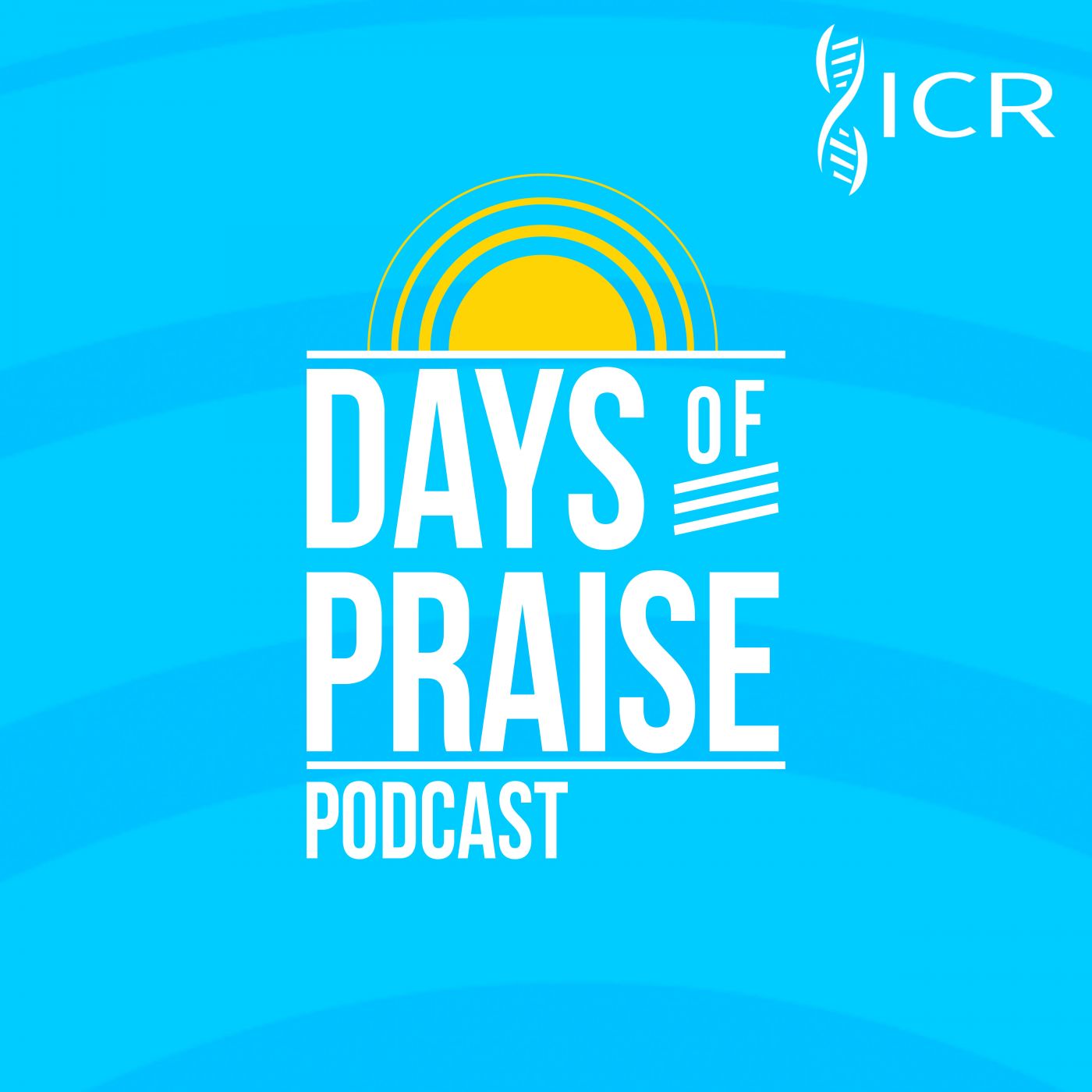“Blessed is the man that walketh not in the counsel of the ungodly, nor standeth in the way of sinners, nor sitteth in the seat of the scornful.” (Psalm 1:1)
One of the most tragic figures in all of Scripture is that of compromising Lot, Abraham’s nephew, who renounced the land of promise for the sinful society of Sodom, ultimately to lose everything of importance.
His slide into apostasy, as traced in Genesis 12–19, seems to parallel the progression described in today’s text of not becoming a godly believer.
Lot is first mentioned as traveling with Abram and Sarai from their homeland to Canaan in obedience to God’s command (Genesis 12:4-5; 13:5). A petty problem arises that surely could have been resolved (13:6-10), but Lot chose (v. 11) to walk in the counsel of the ungodly. “But the men of Sodom were wicked and sinners before the LORD exceedingly” (v. 13).
Lot soon found a home in the city itself, not content to merely herd his flocks in the fertile valley. By standing in the way of sinners, when Sodom was attacked by enemies he was captured (14:12) and later rescued by Abram (vv. 14-16).
Lot’s identification with wicked Sodom did not end there, as it should have, for when the city’s wickedness was beyond God’s forbearance, Lot was found sitting in the seat of the scornful, a leader of the city, sitting in the gates with the town fathers (19:1). Lot was a “just” (or “righteous”) man, “vexed with the filthy conversation of the wicked” (2 Peter 2:7), but his actions (Genesis 19:8) and his lack of spiritual influence even within his own family (vv. 14-16, 31-38) testify to the horror of such a compromising lifestyle.
May God grant us all the persevering faith of Abraham and not the compromising faith of Lot. JDM
 Days of Praise Podcast is a podcast based on the Institute for Creation Research quarterly print devotional, Days of Praise. Start your day with devotional readings written by Dr. Henry Morris, Dr. Henry Morris III, Dr. John Morris, and others to strengthen and encourage you in your Christian faith.
Days of Praise Podcast is a podcast based on the Institute for Creation Research quarterly print devotional, Days of Praise. Start your day with devotional readings written by Dr. Henry Morris, Dr. Henry Morris III, Dr. John Morris, and others to strengthen and encourage you in your Christian faith.























